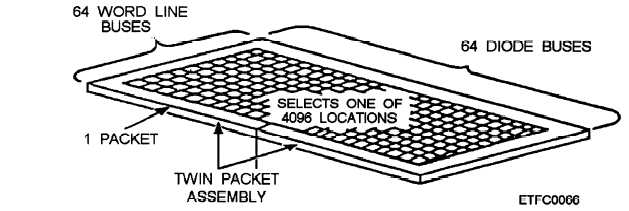Figure 6-18.—Example portion of a film array.
FILM STORAGE LAYOUT. —Each paired thin
film can store one binary bit of data. But because of
their compactness, they have twice the storage capacity
in the same volume as core memory. Mated film
storage or film memory is designed to store a fixed
number of memory words. Mated film memory is
word organized. Each word line in a word organized
memory is selected by a unique memory address. The
film spots along a given word line are all the bits of a
particular word. When a current is propagated through
a selected word line, all the thin film spots along that
line are read in a simultaneous parallel manner, each
having a unique sense/digit line. Just like core memory,
the size of film storage or its memory capacity is
determined by the number of memory words that can
be used or addressed to store and retrieve data. To
accommodate a memory capacity of any size, the
memory words are organized into matrices.
Matrices. —The mated film spots are organized
into matrices called film arrays to simplify addressing,
reading, and writing operations. Figure 6-18 is an
example portion of a film array. Each film spot in the
film array has a word line pair and a sense/digit line;
they affect the read/write operations. Mated film
memories, like core memory, use a matrix.
Arrays. —In our example, a 64 by 64 array
contains 64 word line buses and 64 diode buses. They
select the exact word at a memory address location. By
selecting one word line and one diode, one of the 4096
(64 × 64 = 4096) memory locations in the array will be
selected. One 64 by 64 array forms two packets of a
memory stack.
Memory Stack. —In mated film memory, the
packet is the building block of the film memory stack.
The mated film memory stack contains all the film spots
of the device, the associated circuitry that includes the
word lines, sense/digit lines, and associated hardware.
The associated hardware includes diode stick
assemblies and boards (diverter, insulators, and ground
planes, and alignment). Refer to figure 6-19 as an
illustration of a memory stack.
Figure 6-19.—Illustration of a memory stack.
6-16


